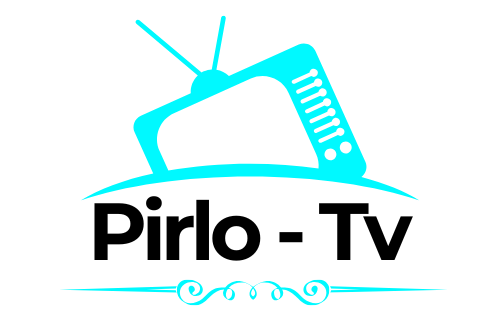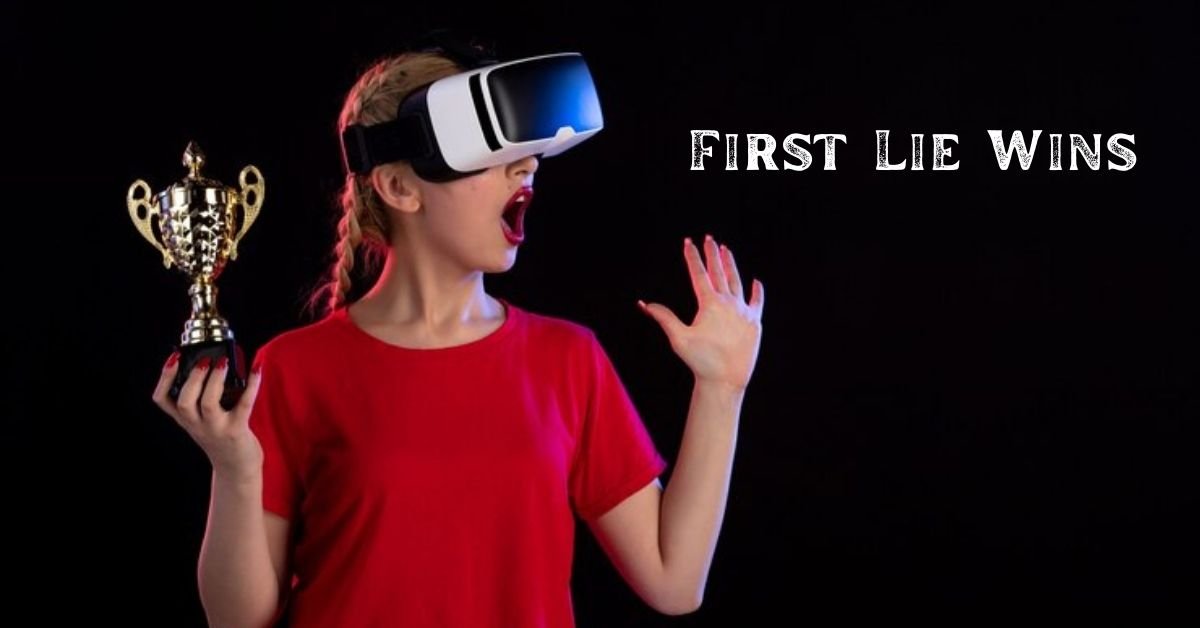The concept of “First Lie Wins” refers to the phenomenon where the initial falsehood presented in a conversation, debate, or situation creates a lasting impression. This first narrative tends to dominate the audience’s perception, often overriding subsequent attempts to clarify or correct the misinformation. Whether in personal relationships, politics, or marketing, the “First Lie Wins” principle reveals how timing and presentation can be as influential as the truth itself.
Humans rely heavily on the first information they receive, especially in uncertain situations. This reliance stems from psychological biases that make the first impression more impactful than later evidence. Understanding this concept is essential to recognizing its influence and countering its effects.
The Psychology Behind “First Lie Wins”
The power of the “First Lie Wins” phenomenon lies in human cognitive processes. Here are the primary psychological factors at play:
Anchoring Bias
When people are introduced to new information, they naturally latch onto the first piece they hear. This is known as anchoring bias. Subsequent information is then interpreted through the lens of that initial anchor, making it difficult to completely discard or reevaluate the original claim.
For instance, if someone hears that a product is “the best in the market” but later learns of its flaws, they may still perceive it as superior because of the initial anchor.
Confirmation Bias
Confirmation bias amplifies the effect of the first lie. People tend to seek out or favor information that aligns with their pre-existing beliefs and dismiss evidence to the contrary. This means that if the first lie aligns with what someone already believes, they are more likely to accept it as truth, even when corrections are provided later.
For example, if a politician makes a false claim about an opponent, supporters who are predisposed to distrust the opponent may accept the lie without question.
The Illusory Truth Effect
The illusory truth effect explains why repeated exposure to a false statement increases its perceived truthfulness. If the first lie is repeated multiple times, it becomes more deeply ingrained, even if the audience is later exposed to factual corrections. This is particularly problematic in today’s media landscape, where misinformation can be rapidly disseminated and amplified.
Real-Life Examples of “First Lie Wins”
The “First Lie Wins” phenomenon has far-reaching implications across various domains. Here are some notable examples:
Politics
In political campaigns, candidates often make bold, misleading statements during debates or speeches. These claims can capture public attention and sway opinion before they are fact-checked. Even if the lie is later debunked, its influence lingers in the minds of voters, shaping perceptions and decisions.
Marketing and Advertising
Brands often use exaggerated claims to attract consumers. For example, a company might advertise its product as the “most effective” or “number one” in its category without providing evidence. By the time competitors challenge these claims, the initial impression has already influenced buying decisions.
Social Media Misinformation
On social media platforms, misinformation spreads like wildfire. A false tweet or post can go viral in minutes, reaching millions before corrections catch up. Even when flagged or debunked, the original post often garners more attention than the correction, cementing the lie’s place in the public consciousness.
Personal Relationships
In conflicts between individuals, the first version of events shared often shapes the narrative. For example, if one party tells their side of the story first, others may sympathize with them before hearing the other side, even if their account is inaccurate. Correcting this misperception can be challenging.
Why “First Lie Wins” is Difficult to Counter
The “First Lie Wins” effect is challenging to counter for several reasons:
Emotional Impact
The first lie often triggers an emotional response, making it more memorable. People are less likely to question information that evokes strong feelings, such as anger, fear, or hope.
Effort Required for Correction
Correcting a lie takes more effort than spreading it. Fact-checkers must provide evidence, context, and clarity to counter misinformation, while the original lie may have required only a few words to convey.
Trust Issues
When corrections are made, they may be met with skepticism, especially if the audience already trusts the source of the original lie. This distrust makes it harder to shift perceptions.
Consequences of “First Lie Wins”
The implications of the “First Lie Wins” phenomenon are significant and often damaging. Some key consequences include:
Erosion of Trust
When falsehoods dominate the narrative, they erode trust in individuals, organizations, and institutions. Repeated exposure to lies can make people cynical and less likely to believe even credible information.
Polarization
Misinformation often exploits divisive issues, deepening societal divides. The first lie can reinforce existing biases, making constructive dialogue difficult and fueling polarization.
Damage to Reputations
For individuals and organizations, the “First Lie Wins” effect can have lasting consequences. False accusations or misleading claims can tarnish reputations, even if later disproven.
How to Combat the “First Lie Wins” Effect
While challenging, it is possible to counter the effects of “First Lie Wins” with the right strategies. Here’s how:
Respond Quickly
Speed is crucial when countering misinformation. The longer a lie goes unchallenged, the more entrenched it becomes. Swift responses can prevent false narratives from taking root.
Focus on Credibility
When addressing falsehoods, it’s essential to use credible sources and provide clear, evidence-based corrections. Trusted voices carry more weight in shaping public opinion.
Repeat the Truth
Repetition is key to combating the illusory truth effect. Just as lies gain traction through repetition, repeating factual information can help replace false narratives with the truth.
Promote Media Literacy
Educating people on how to critically evaluate information is vital. Media literacy programs teach individuals to recognize biases, verify sources, and question the validity of claims, reducing the impact of misinformation.
Leverage Technology
Tools like fact-checking websites, AI-driven misinformation detectors, and trusted content verification systems can help combat the spread of falsehoods. Encouraging the use of such tools can empower individuals to challenge lies effectively.
Conclusion:
The “First Lie Wins” phenomenon highlights the importance of vigilance in today’s information age. While lies may seem to have the upper hand initially, truth has the potential to prevail if approached strategically. By acting quickly, promoting credible information, and educating audiences, we can mitigate the effects of misinformation and create a more informed society.
Understanding and addressing this issue is critical for fostering trust, reducing polarization, and ensuring that the truth ultimately triumphs over falsehoods.












very nice